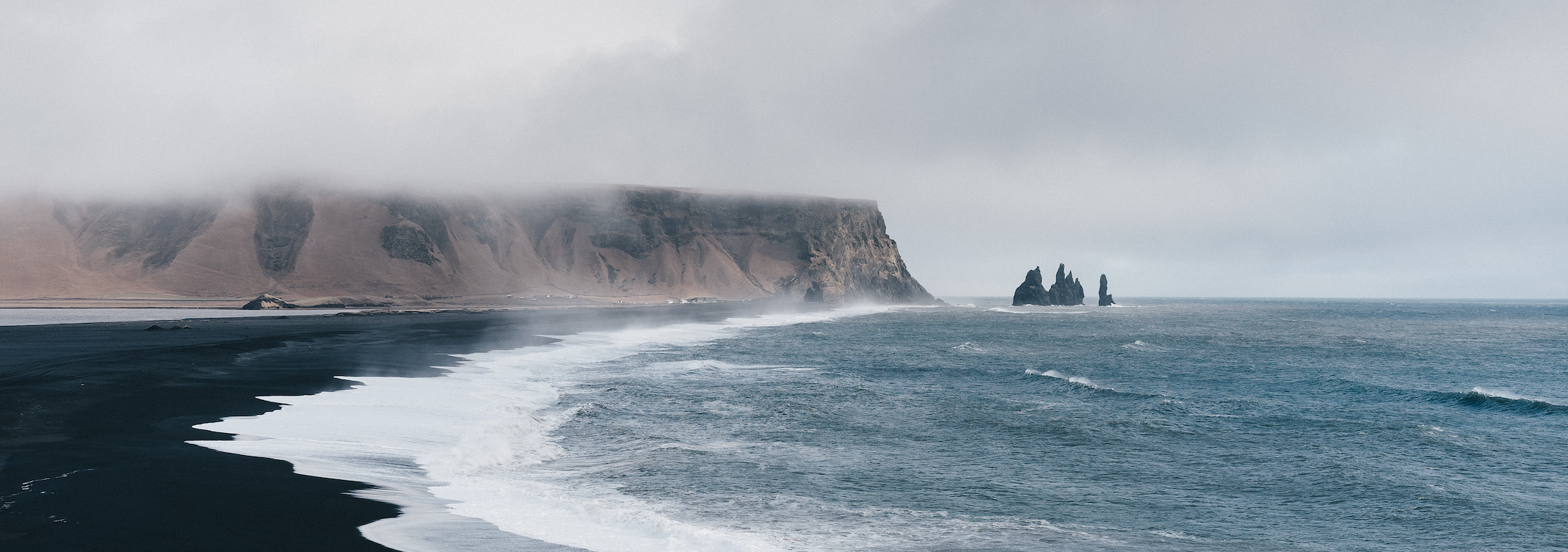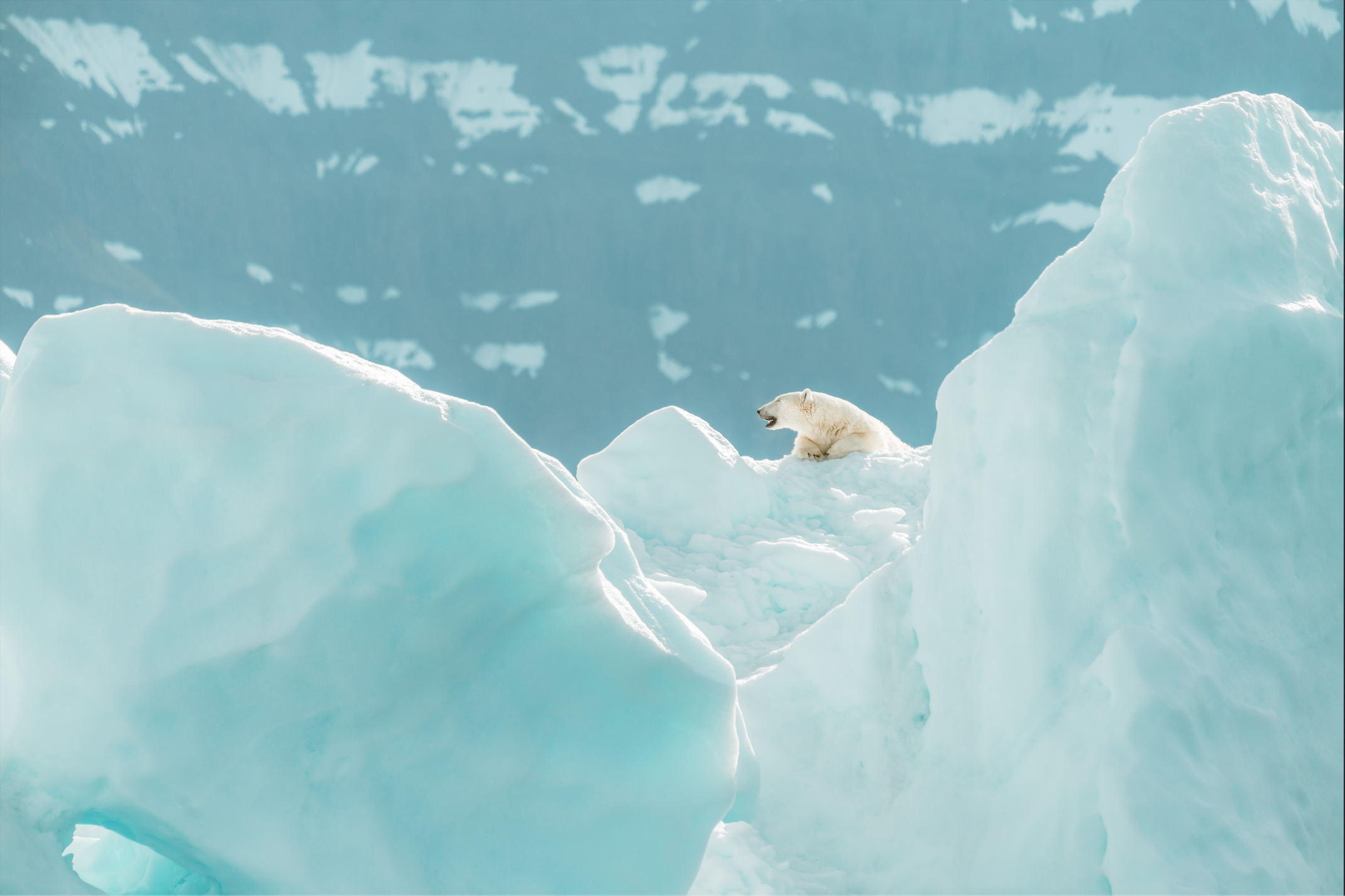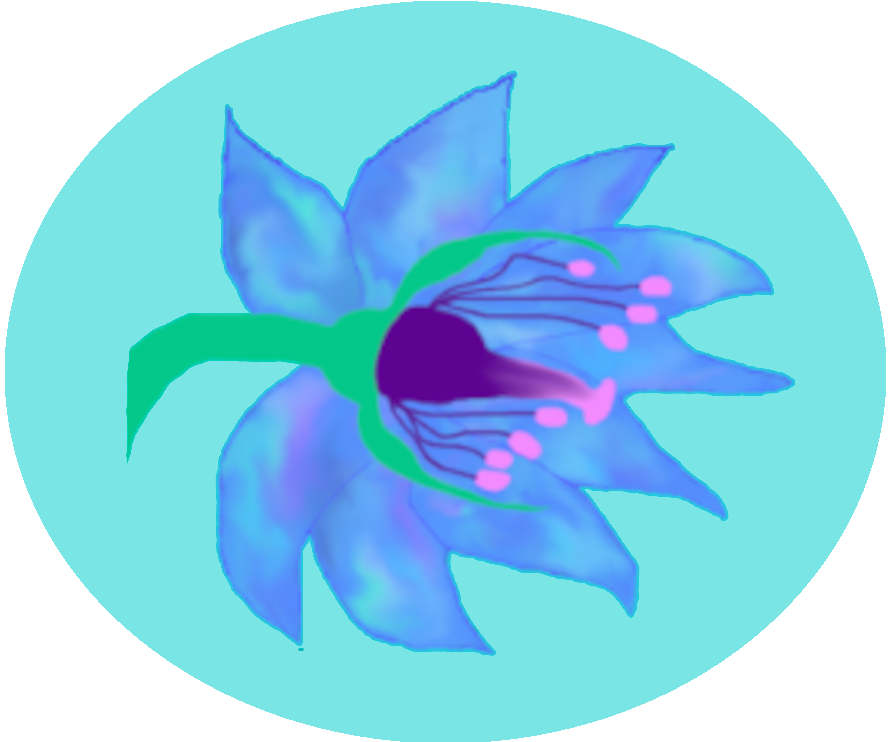Great White Bear
One of the most fearsome species of Tír n'Oighear and Inis Baile Mor (and that includes the aignaoithe themselves), the Great White Bear is one of the few non-sapient creatures that can contend with an aignaoi. In fact, the bears are known to hunt young, lone, or otherwise vulnerable aignaoithe.
This article is written with the assistance of my shapeshifter friend Fiachra Mac Aignaoithe, who will presently tell the stories he's personally aware of related to the Great White Bear. He'd like to add that he's never seen one, and he'd prefer to keep it that way. In fact, he says he'd rather contend with a naer (he admits this is stupid, but holds to it--and after all, as a shapeshifter, he's a lot more likely to fight a naer anyway).
Anatomy and Physiology
Like many of the species of the far north, Great White Bears are very large. While they "only" come up to the typical aignaoi's shoulders, they stand taller than the Aignaoi Collie, the sheep bred by the aignaoithe, and even most humans. Their fur is thick and white to blend into the snow of their habitat, and their paws (and legs) are disproportionately large to distribute their weight when walking on the snow and ice.Venomous Bite
The Great White Bear's saliva is highly poisonous to aignaoithe, as well as the species of penguins native to the coastline of Tír n'Oighear and islands of Inis Baile Mor. It is thought to be much less toxic to dogs, sheep, humans, and seals, but these "fleshy mammals" (as Fiachra terms us) are more vulnerable to the bear's sheer size.If you get mauled by a Great White, you have about an hour before the poison sets in and the wound starts rotting. I saw a fisherman once come in coughing and seizing, with a bleeding tail - I was there because I'm a shapeshifter, of course, and watched Draighean (that's our oldest healer) try to pull the venom out of his blood, but it was too late. He stopped breathing not five minutes after he got there.
Diet
Great White Bears are hypercarnivores who primarily feed on seals. However, during the winter when Inis Baile Mor is covered in snow, they also eat penguins, particularly penguin eggs, as well as aignaoi eggs if they're left unattended. They are most likely to attack fishing aignaoithe if they inadvertently disturb the bears' own fishing, but if seal populations are low, they are known to kill and eat groups of young flighteens (aignaoi toddlers). They typically avoid adult aignaoithe, since their fire breath is as deadly to a bear as the bears' saliva is to an aignaoi.My grandparents were always telling me and even my parents stories about Great White attacks. Cautionary tales more than anything - stay on your eggs, stay in sight of your parents, or else. But the threat is more real than I thought it was when I was little.
Written by Cordelia Colbreak Evenbrook
Lifespan
25 years.
Average Height
6-7 ft.
Average Weight
1500-2300 lbs.
Average Length
9-12 ft.
Geographic Distribution







I find it hilarious how dangerous these creatures are. They're not only giant, but poisonous. It makes me think of a hunter getting slashed by one and slowly succumbing to his wounds. "This is a deep pain... Oh cool; it gets worse," he says as the poison kicks in.
Well if they were just giant, I don’t know that my fire-breathing dragons would fear them so much! The aignaoithe are bigger than the bears, if only by a little, after all, and they can fly away. It’s the poison that humbles them… also lmao I love that XD